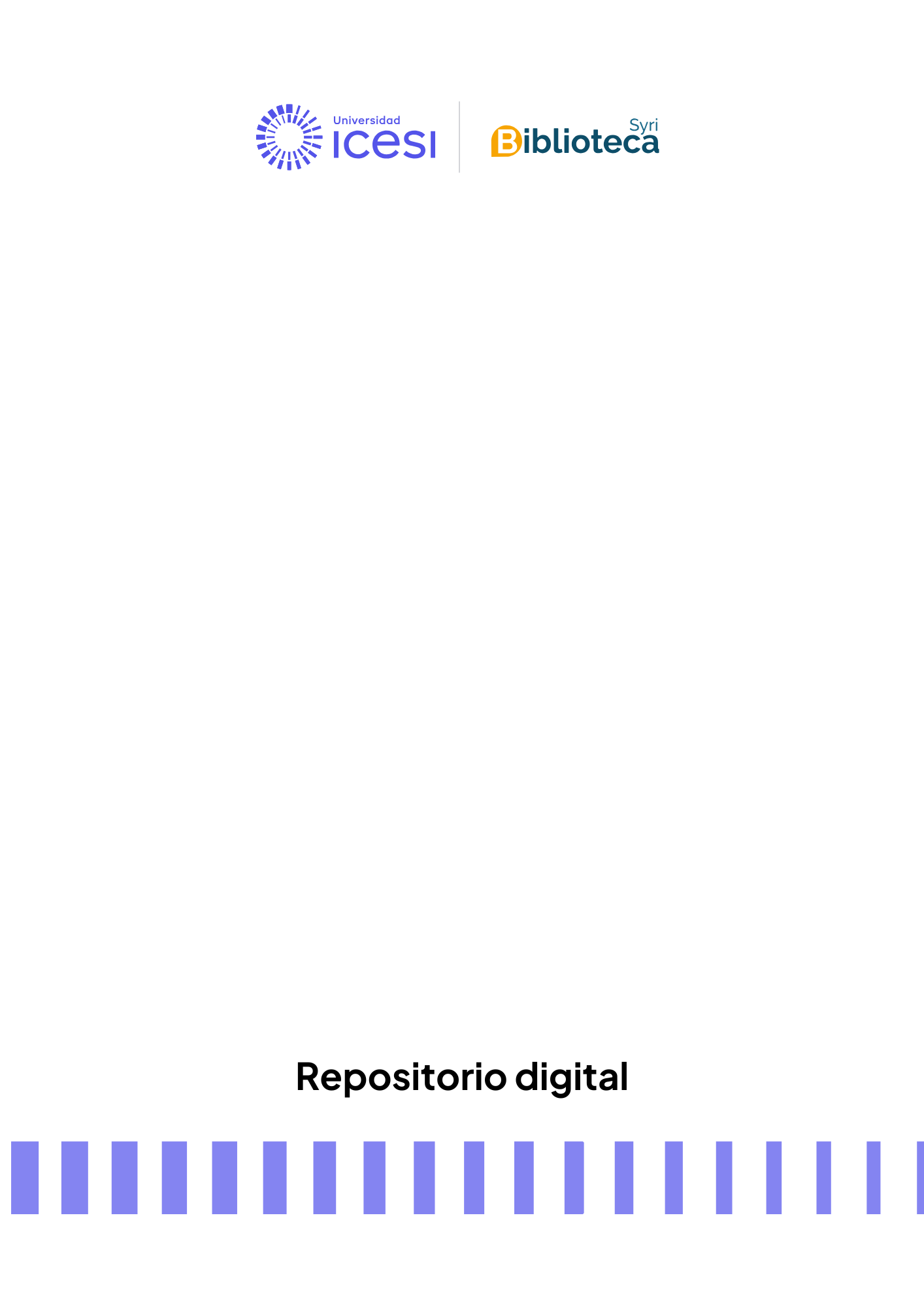Monitoring the microcirculation in the critically ill patient: current methods and future approaches
| dc.audience | Comunidad Universidad Icesi - Investigadores | spa |
| dc.citation.issue | 11 | |
| dc.citation.volume | 36 | |
| dc.contributor.author | De Backer, Daniel | spa |
| dc.coverage.spatial | New York de Lat: 30 50 00 N degrees minutes Lat: 30.8333 decimal degrees Long: 087 12 00 W degrees minutes Long: -87.2000 decimal degrees | spa |
| dc.date.accessioned | 2017-11-22T22:39:36Z | |
| dc.date.available | 2017-11-22T22:39:36Z | |
| dc.date.issued | 2010-11-01 | |
| dc.description.abstract | To discuss the techniques currently available to evaluate the microcirculation in critically ill patients. In addition, the most clinically relevant microcirculatory alterations will be discussed. Review of the literature on methods used to evaluate the microcirculation in humans and on microcirculatory alterations in critically ill patients. In experimental conditions, shock states have been shown to be associated with a decrease in perfused capillary density and an increase in the heterogeneity of microcirculatory perfusion, with non-perfused capillaries in close vicinity to perfused capillaries. Techniques used to evaluate the microcirculation in humans should take into account the heterogeneity of microvascular perfusion. Microvideoscopic techniques, such as orthogonal polarization spectral (OPS) and sidestream dark field (SDF) imaging, directly evaluate microvascular networks covered by a thin epithelium, such as the sublingual microcirculation. Laser Doppler and tissue O(2) measurements satisfactorily detect global decreases in tissue perfusion but not heterogeneity of microvascular perfusion. These techniques, and in particular laser Doppler and near-infrared spectroscopy, may help to evaluate the dynamic response of the microcirculation to a stress test. In patients with severe sepsis and septic shock, the microcirculation is characterized by a decrease in capillary density and in the proportion of perfused capillaries, together with a blunted response to a vascular occlusion test. | spa |
| dc.format.extent | 12 páginas | spa |
| dc.format.medium | Digital | spa |
| dc.format.mimetype | application/pdf | |
| dc.identifier.doi | http://dx.doi.org/10.1007/s00134-010-2005-3 | |
| dc.identifier.instname | instname:Universidad Icesi | |
| dc.identifier.issn | 0342-4642 | |
| dc.identifier.other | http://nebulosa.icesi.edu.co:2277/full_record.do?product=WOS&search_mode=GeneralSearch&qid=5&SID=6C4WvSvsfa36Qrkf2LA&page=1&doc=1 | |
| dc.identifier.other | https://link.springer.com/article/10.1007/s00134-010-2005-3 | |
| dc.identifier.reponame | reponame:Biblioteca Digital | |
| dc.identifier.repourl | repourl:https://repository.icesi.edu.co/ | |
| dc.identifier.uri | http://hdl.handle.net/10906/82309 | |
| dc.language.iso | eng | spa |
| dc.publisher | Springer | spa |
| dc.publisher.department | Departamento de Ciencias Básicas Médicas | spa |
| dc.publisher.faculty | Facultad de Ciencias de la Salud | spa |
| dc.publisher.place | New York | spa |
| dc.publisher.program | Medicina | spa |
| dc.relation.citationendpage | 1825 | |
| dc.relation.citationstartpage | 1813 | |
| dc.relation.ispartof | Intensive Care Medicine, Vol. 36, No. 11 - 2010 | |
| dc.rights | EL AUTOR, expresa que la obra objeto de la presente autorización es original y la elaboró sin quebrantar ni suplantar los derechos de autor de terceros, y de tal forma, la obra es de su exclusiva autoría y tiene la titularidad sobre éste. PARÁGRAFO: en caso de queja o acción por parte de un tercero referente a los derechos de autor sobre el artículo, folleto o libro en cuestión, EL AUTOR, asumirá la responsabilidad total, y saldrá en defensa de los derechos aquí autorizados; para todos los efectos, la Universidad Icesi actúa como un tercero de buena fe. Esta autorización, permite a la Universidad Icesi, de forma indefinida, para que en los términos establecidos en la Ley 23 de 1982, la Ley 44 de 1993, leyes y jurisprudencia vigente al respecto, haga publicación de este con fines educativos. Toda persona que consulte ya sea la biblioteca o en medio electrónico podrá copiar apartes del texto citando siempre la fuentes, es decir el título del trabajo y el autor. | spa |
| dc.rights.accessrights | info:eu-repo/semantics/openAccess | spa |
| dc.rights.coar | http://purl.org/coar/access_right/c_abf2 | |
| dc.rights.license | Atribución-NoComercial-SinDerivadas 4.0 Internacional (CC BY-NC-ND 4.0) | |
| dc.rights.uri | http://creativecommons.org/licenses/by-nc-nd/4.0/ | |
| dc.subject.proposal | Microcirculación | spa |
| dc.subject.proposal | Paciente crítico | spa |
| dc.subject.proposal | Ciencias socio biomédicas | spa |
| dc.subject.proposal | Medical sciences | spa |
| dc.title | Monitoring the microcirculation in the critically ill patient: current methods and future approaches | spa |
| dc.type.coar | http://purl.org/coar/resource_type/c_efa0 | |
| dc.type.coarversion | http://purl.org/coar/version/c_970fb48d4fbd8a85 | |
| dc.type.driver | info:eu-repo/semantics/review | spa |
| dc.type.local | Revisión | spa |
| dc.type.version | info:eu-repo/semantics/publishedVersion | spa |

